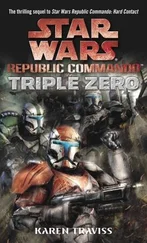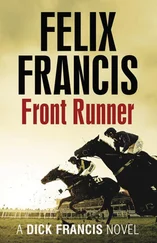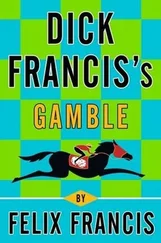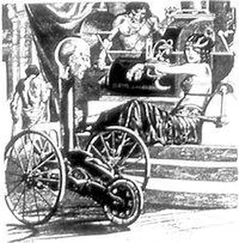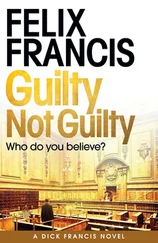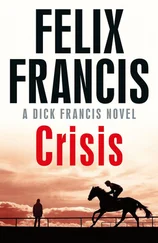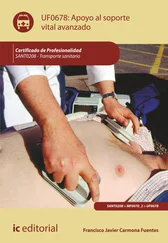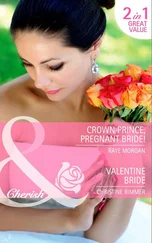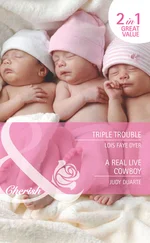As I tossed and turned, Diego and Keith seemed untroubled by the heat and went back to their snoring games, which only made things worse.
Eventually, at ten minutes to midnight, and wearing only a T-shirt and my boxer shorts, I took my blanket down the outside staircase and lay on the neatly mown lawn in front of the barn, curling up on the ground as I’d done so often before in the army.
I’d had to cope with higher temperatures than this in the past. July in Kandahar had a daily average well into the nineties and here, at least, I wasn’t wearing full combat kit including body armour and helmet, plus a twenty-kilo backpack and as much again in weapon and ammunition.
Lying on the grass was surprisingly comfortable. I found myself a quiet, dark spot in the shadow of a tree and settled down.
I was drifting off to sleep when I was disturbed by the arrival of a vehicle, its headlights lighting up the trees above my head. It pulled up near the end of the barn closest to me and the engine was switched off.
I rolled over onto my knees and slowly raised my head to have a look.
It was George Raworth’s white Jeep Cherokee.
What was he doing here at midnight?
I watched as he climbed out of the driver’s seat and walked over to the barn.
‘Good evening,’ I heard him say, presumably to the night guard who was out of my sight on the far side of the barn. ‘George Raworth. Here to check on my horses.’
Who was I to criticise a trainer who wanted to check his horses at any time of night? It must be worrying for him to have the favourite in his charge, especially with all the hopes of the nation riding on it as another Triple Crown champion.
I lay down once more and was drifting off again when a noise made me instantly awake.
I recognised that particular noise. I’d heard it before.
It was the sound of the cap being removed from the cryogenic flask, with the slight ‘pop’ as the excess pressure inside was released.
I again rolled onto my knees and looked towards the Jeep.
George had the rear door open behind the passenger seat. Even though there were plenty of security lights around the barn, I couldn’t actually see what he was doing as the vehicle was in the way. But why would he have opened the flask if he wasn’t either getting something out or putting something in?
He closed the Jeep and went back to the barn. In his right hand he held an electric torch and in his left what looked like a small cup.
He disappeared into the barn.
I was now curious.
I rose to my feet and moved silently forwards, making sure that I remained deep in the shadow of the trees.
At night, the lights in the barn itself were switched off to allow the horses to sleep, while the glow of those outside seemed to further deepen the darkness of the interior.
At first I could see nothing but then the glow of the torch appeared as George made the inspection of his horses.
I moved down the side of the barn to get a better view.
George spent only a couple of moments with each horse before moving along the line of stalls.
What was he up to now?
I moved as close as I dared, silently padding over the grass in bare feet and keeping as low as I could behind the post-and-rail fence that ran along parallel to the side of the barn, and about five yards from it.
George stopped at one of the stalls near the far end. The torch went out.
I crouched down, looking through the fence, straining my eyes to try and see what he was doing.
There came a noise, a hissing sound like that made when a pump blows air into a bicycle tyre. There it was again.
Then silence.
I waited, listening hard, but there was nothing more.
George then retraced his steps along the barn towards his own three horses, turning the torch back on as he did so.
Maybe the sound had been one of the horses having a snort, or perhaps it had been the security guard blowing his nose, but the noise hadn’t been right for either of them.
I tiptoed back to the end of the barn and was about to creep closer when George appeared right in front of me, coming out of the barn into the bright glare of the security lights.
I immediately stepped back into the deep shadow of the bushes so he wouldn’t spot me.
‘Good night,’ he called over his shoulder.
‘Good night, Mr Raworth,’ replied the guard, who I still couldn’t see.
George then walked back to his Jeep and threw something onto the back seat, before climbing in and driving off into the night.
I returned slowly to my blanket and went to sleep wondering what all that had been about.
I was none the wiser in the morning.
I woke at three o’clock, slightly chilled, and went back up the stairs to my bed. Diego and Keith were both giving the snoring a rest so I lay down and returned to sleep for another hour.
I didn’t mention my nocturnal excursion to the others and especially not to George Raworth when he arrived to watch his horses at exercise.
I prepared Ladybird for Victor Gomez to ride a steady breeze over five furlongs. She would be racing on Friday afternoon in the Black-Eyed Susan Stakes, a graded race over nine furlongs for three-year-old fillies that was named in honour of the yellow perennial daisy with a black centre that is the state flower of Maryland. So all Ladybird needed today was a gentle pipe-opener to maintain her condition, nothing that would overtire.
Just to confuse people, in 1940, the Maryland Jockey Club decided that, in addition to the Black-Eyed Susan Stakes for fillies, the Preakness Stakes itself would henceforth be designated as the ‘Run for the Black-Eyed Susans’ and a garland of the yellow-and-black flowers would be draped over the winner, to rival the garland of red roses that was draped over the victor of the Kentucky Derby.
However, there was one slight problem. The Preakness is run in May, some two months earlier than black-eyed Susans come into bloom.
Not that such a trivial matter would be allowed to deter the gentlemen directors of the oldest sporting organisation of North America, one that could boast two US presidents among its former members. They decreed that the garland would be made using early-flowering, but all-yellow, Viking daisies, with their centres hand-painted black in order to resemble black-eyed Susans.
Nowadays, yellow-and-black flowers of the chrysanthemum family are used but, in all its 140-plus years of existence, the Run for the Black-Eyed Susans has never once seen an actual black-eyed Susan.
Victor Gomez came back on Ladybird to swap his saddle onto Debenture.
‘Ladybird good,’ he said to me. ‘She win tomorrow, yes?’ He gave me a thumbs up and grinned, not that it was a pretty sight with several of his teeth missing.
‘Yes,’ I replied, raising my thumb back at him. ‘Hope so.’
I walked the horse around for ten minutes for her to cool off before giving her a washdown with soap and water. Next I dried her using a large towel and then brushed her coat until it shone.
I wanted Ladybird to look her best in the paddock, not least because Tony Andretti had told me the previous evening that he would be coming to Pimlico for both Friday and Saturday and I didn’t want him giving me any grief about poor standards of grooming, even in jest.
‘How about the tests on the semen?’ I had asked him.
‘Still waiting,’ he’d replied. ‘Full results should be in tomorrow. All I can tell you at the moment is that it is definitely horse semen but not from a Thoroughbred. My professor is still doing DNA similarity tests for other equine breeds.’
So, if it wasn’t from a Thoroughbred, there was no point in me taking hair samples from the colts in Raworth’s barn for comparison. None of them could have been the donor.
Читать дальше

